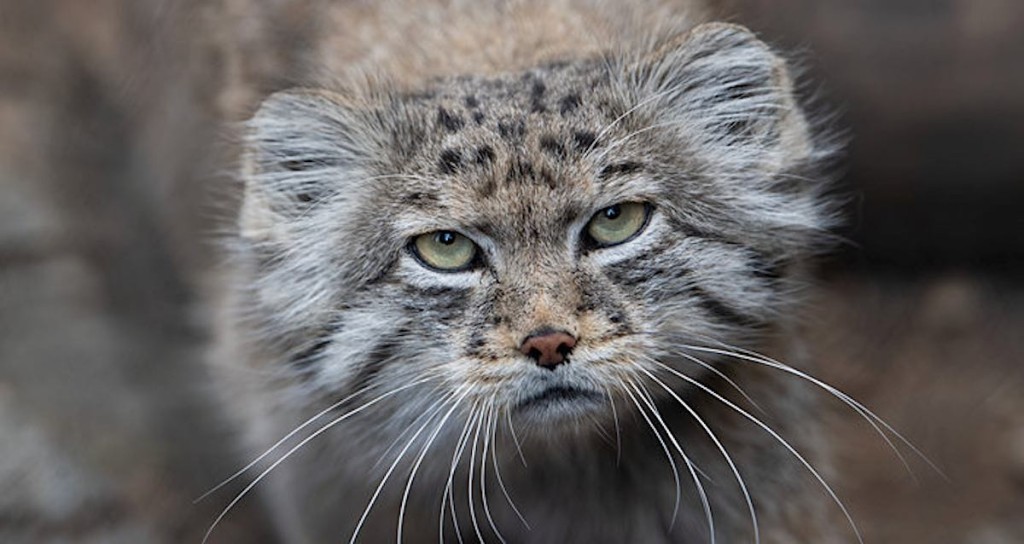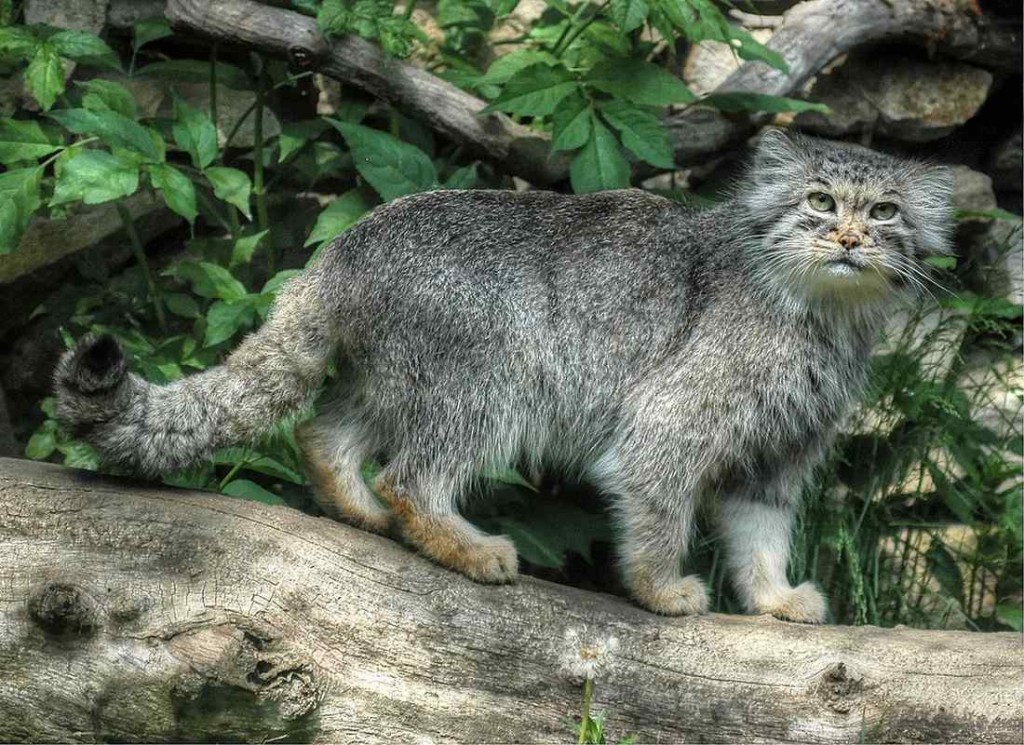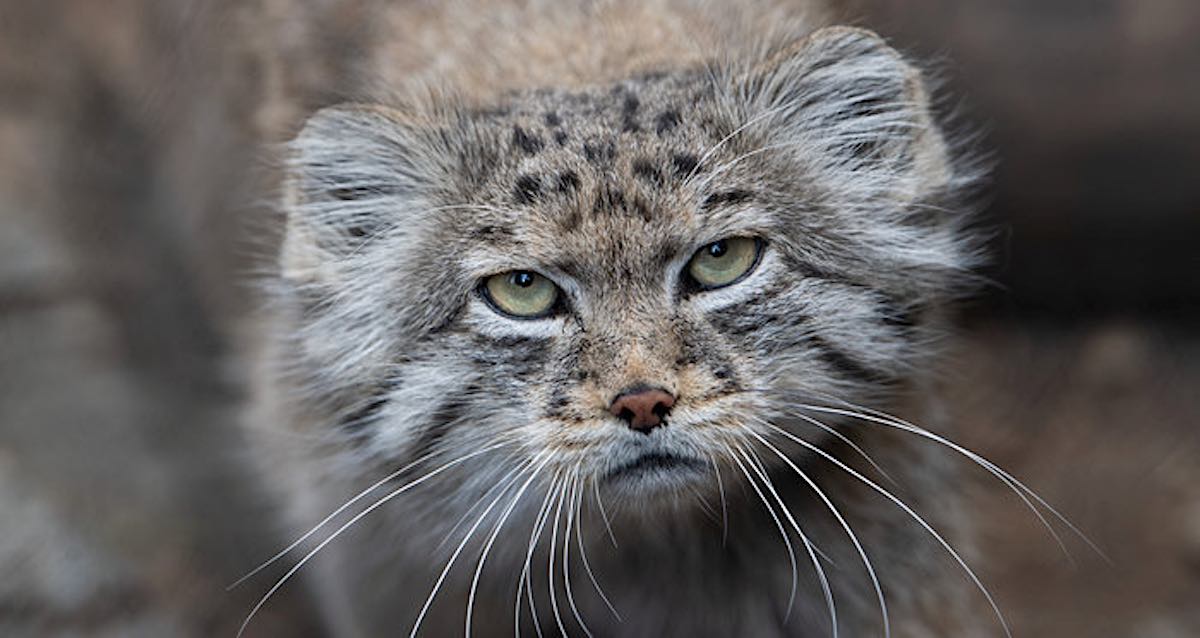
A DNA analysis confirmed that the rare and little-known Pallas’ cat lives on the body of Mount Everest—three miles above sea level.
The discovery was made along Sagarmatha National Park on Mount Everest’s Southern Flank in Nepal after a month-long expedition collecting environmental samples.
Scat recovered from the two separate sites located 3.7 miles apart at 16,765 and 17,027 feet (5,110 and 5,190 meters) above sea level confirmed there were Pallas cats in the area.
Known as the “original grumpy cat” before the famous internet meme cat was born, Otocolobus manul or Pallas’ cat stands among the most charismatic and unique wild Felidae on Earth. This mountain specialist is found at high elevations across Asia and is a super predator of small mammals.
Indeed the analysis of the animal’s scat showed the feline was feeding on pika and mountain weasel, which delighted the scientists as these were also unknown in the national park which is a UNESCO Natural Heritage site.
“It is phenomenal to discover proof of this rare and remarkable species at the top of the world,” said Dr. Tracie Seimon, of Wildlife Conservation Society’s Zoological Health Program, and leader of the expedition which occurred in 2019.
“The nearly four-week journey was extremely rewarding not just for our team but for the larger scientific community. The discovery of Pallas’s cat on Everest illuminates the rich biodiversity of this remote high-alpine ecosystem and extends the known range of this species to eastern Nepal.”

It is notable that Pallas’s cat went undetected in this park until 2019, and the new study demonstrates how conservation genetics and environmental sampling can be utilized as a powerful approach to discover and study elusive species like Pallas’s cat.
Currently classified by the IUCN as a species of no concern, it’s one of the few small wild cat species that is currently unimperiled. Small wild cats receive a paltry sum of the overall conservation dollars spent to protect wild cats, with the larger tiger, lion, cheetah, and leopard nearly monopolizing the revenue.
Future research combining camera trap surveys and the collection of additional scat samples would help to better define the Pallas’s cat population, range, density, and diet in Sagarmatha National Park.
Sponsored by National Geographic, the research team included members from eight countries. 17 Nepalese scientists conducted research in biology, glaciology, meteorology, geology, and mapping, to better understand the changing of their high-altitude world.
SHARE This Grumpy Discovery With Your Friends…




















